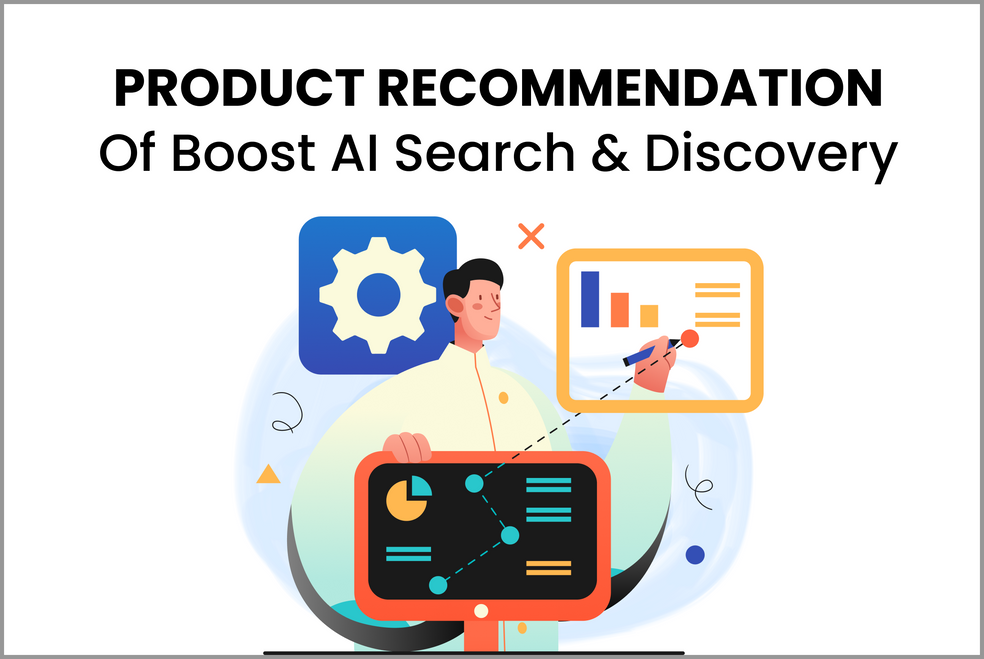What is Product Marketing?
Broad term: “Marketing” is the use of business methods to create a favorable image for a product or service and increase its sales or market share.
Our specific term: Product marketing refers to the process of influencing consumers’ purchase decisions through advertising and other promotional efforts. In short, product marketing is the act of promoting your company’s products in order to sell more products.
What are the benefits of Product Marketing?
Product marketing is essential to any successful business. It involves creating a brand identity for your products and services, which in turn creates consumer loyalty. In other words, the more that customers identify with your product, the more they will be likely to buy it.
By creating a positive corporate image, product marketing leads customers to believe that they are buying more than just a product; they are buying into an image and/or set of values. Product marketing programs can be used to promote new as well as existing products.
On-site product marketing tactics
1. Content optimizing
Once you have created a product page, you need to make sure that it is optimized for search engines. The page should include all relevant keywords and phrases so that, when people search for these terms, your site will come up and people will be able to find the product they are looking for.
2. Visual optimizing
Just like how regular SEO is aimed at making your website appear higher in search engine rankings, visual optimization also aims at getting your site more views by optimizing the way it looks and what images are used on your site.
Visual optimization is a great way to make your site look more professional, increase sales and expand your audience. It’s not just about making the text on your site easy for people to read and understand. You should use images as well as videos to get people interested in what you have to offer.
If you don’t want your audience to wander away from your site while they are looking at product images, consider making the images bigger. Customers buy more when they see the items in person. If a product is not in front of them, it’s a lot harder for them to make a decision.
3. Product placement strategy
One of the most effective product placement strategies is positioning a product in the right place so that it becomes the most visible part of your site. It can be placed against the side of a page, on one of the prominent areas, or even on top of an image. It’s important to do this based on your target audience and make sure that there is enough margin between your product and other specific objects so as not to be mistaken for something else.
4. Applying visual merchandising to prioritize displaying top products
Visual merchandising is a business philosophy where products are displayed in stores or other media so they are more attractive to customers than they would be if left in a random fashion.
It makes it easy for customers to see what is available and inspiring rather than confusing them with having to search through a large number of random products. Applying this concept to web pages, the product display will be better organized and have more emphasis placed on each individual product.
5. Implementing a catalog page
A catalog page is a page that displays your entire product line in one place, making it easier for customers to find exactly what they are looking for rather than having to browse through the categories and pages.This strategic approach works very well for retail products because it is meant to help people find anything from shoes to coats by using one central location on the home page. It can be used on other types of sites as well, but it is important to make sure that it fits the look and feel of your brand. If you want to be taken seriously and want your target audience to trust you, the catalog page shows that you are trustworthy because you offer them everything they could possibly want in one place.
















